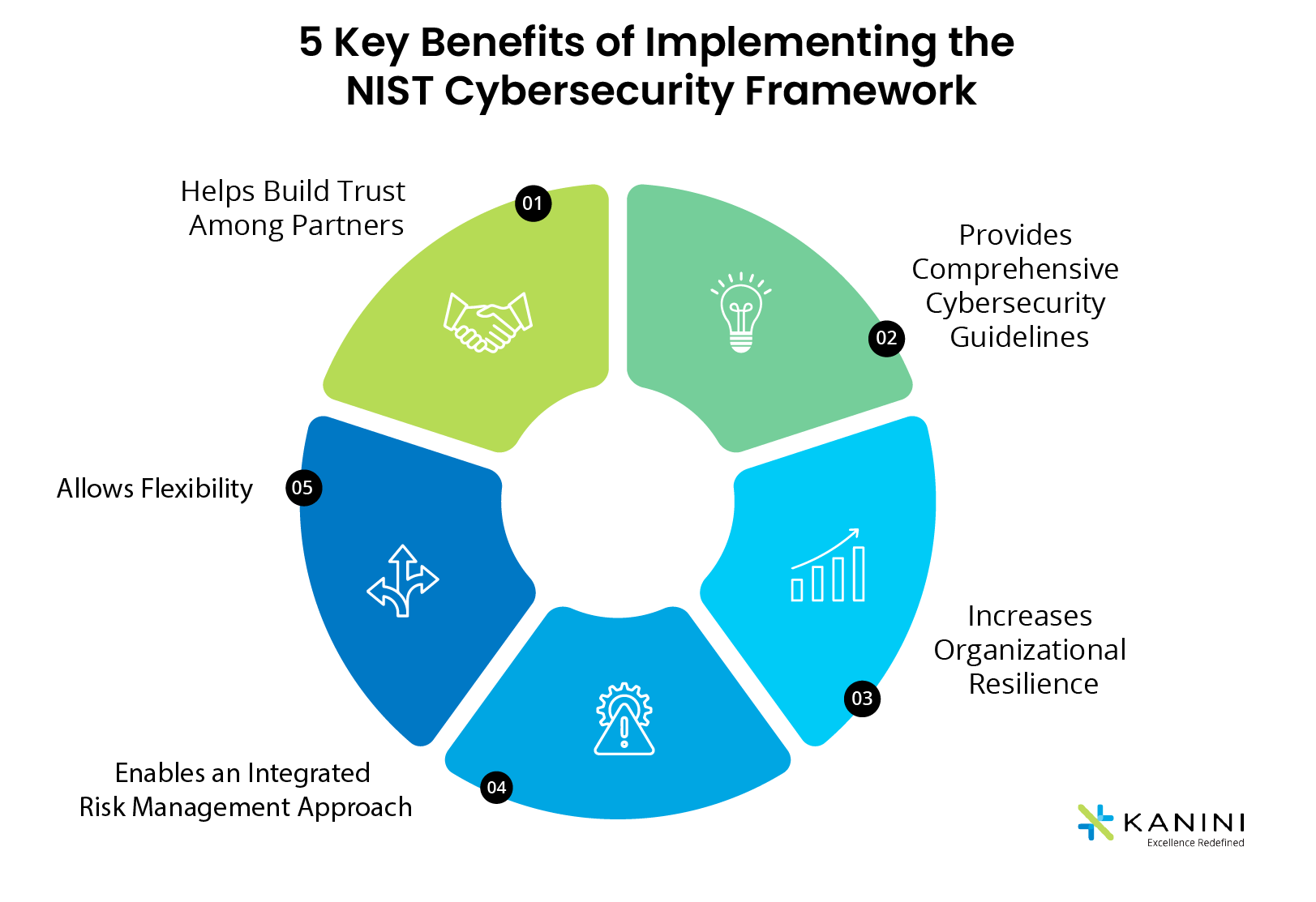The National Institute of Standards and Technology (NIST) – a non-regulatory federal agency, part of the US Department of Commerce – provides a cybersecurity framework to guide enterprises to manage their cybersecurity risks efficiently and effectively. NIST Cybersecurity Framework (CSF) aims to make companies aware of the importance of protecting their information systems and building a strong cybersecurity posture. It is these guidelines governing how data is processed and handled that make the NIST framework pertinent to organizations and companies outside the Federal Government agencies themselves. The framework can help the security teams and CISOs have a systematic approach to risk assessment.
Why Use the NIST Cybersecurity Framework?
Though NIST has developed the cybersecurity framework considering the operations of US-based organizations, the guidelines are applicable and helpful for companies across the globe. Even if your enterprise does not interact directly with the federal government, there are clear advantages to being compliant with the NIST Cybersecurity framework. Typically, those compliant with these regulations are also compliant with other data regulations across industries, from GDPR to FDA, FAA, or other regulations that are found in certain industry verticals. Here’re 5 key benefits of implementing the NIST Cybersecurity Framework:

1. Helps Build Trust Among Partners
2. Provides Comprehensive Cybersecurity Guidelines
3. Increases Organizational Resilience
4. Enables an Integrated Risk Management Approach
5. Allows Flexibility
NIST Cybersecurity Framework to Develop Risk Heat Maps: A Use Case
Wrapping Up
Author

Joshua Smith
Joshua is a process improvement thought leader and digital transformation expert at KANINI. Over the past 15 years, his focus has always been on achieving organizational maturity and enhancing business processes through implementing tools and workflows to drive transformation initiatives. With experience in multiple verticals from – manufacturing to healthcare, Joshua brings a practitioner’s perspective when working on business solutions and goals to allow him to advise and guide on industry and process best practices.








